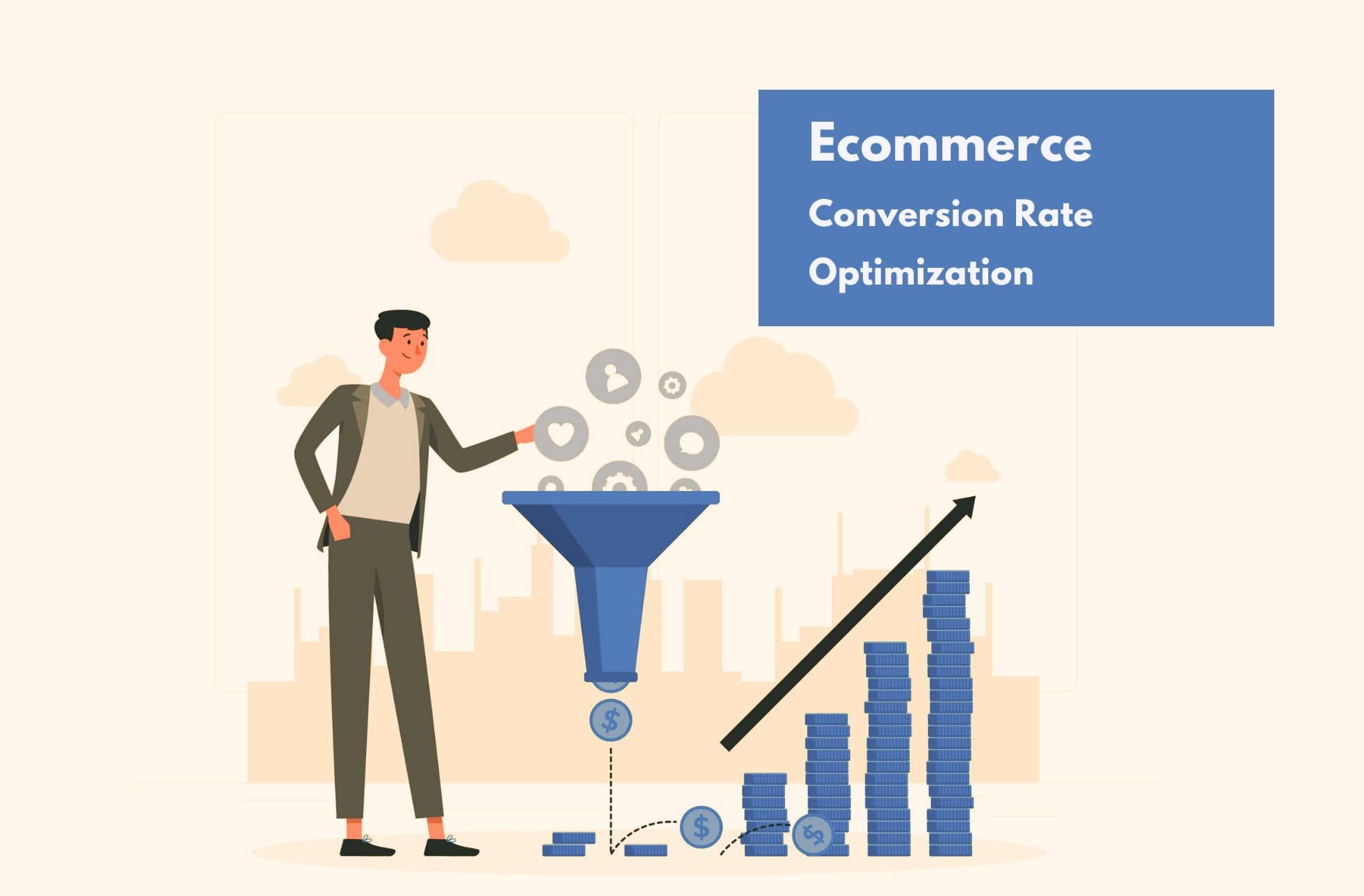Setting a competitive price is about much more than overpricing or underpricing your services. A competitive price deals a lot with the particular product you are selling, the cost required to make that product, and how much your customers are willing to pay for it. The difference between the cost of creating your product and how much customers are willing to pay for it is called your profit margin.
In this article, I will show you several different ways in which you can have a strong and consistent profit margin, for which using competitor price monitoring technologies would be a lot of help. So let’s dive in. Below are some of the ways in which you can make your online business more profitable:
1. Always try to stay competitive!
To be frank: your business will not survive if you are focused solely on your competition and forget your manufacturing costs. The prices set by competitors can influence another company’s price. But remember, your business exists to make a profit. So make sure that your primary focus remains on your costs!
Keep this in mind if you are thinking about adjusting your prices after viewing your competition. This is especially true for companies that try to lower the cost of their product so that they can remain competitive.
In the long term, cutting product prices is not an effective business model. Instead, try to find a way to cut costs during product manufacture (but not to the degree that it takes away from the quality of your product). Once you have found a way to effectively do that, then you can lower your product prices in the form of discounts or special deals during certain occasions.
2. Pay attention to your competition
This is an important point: you must know your competition if you are to remain competitive. Pay attention to your competition and study what they do (you may also use shopping comparison engines). What do they do that works? How do they market their products? Are there things that your company can do as well to be more marketable?
Also, try to pay careful attention to how your competition set prices. Understanding how your competition sets prices can help you develop ways to make your company stand out even more.
What is the best way to do this?
One of the best ways to develop a good set pricing strategy is to combine the strategies of your competitors, this is called benchmarking! Group your products by categories or brands and start your research about the prices that your competitors offer for the product your company provides. Next try to develop an overall price performance measure for each company.
Why is this important?
Measuring a company’s price performance can be especially helpful for understanding how each one of your competitors is performing compared to other companies. This can give you great insight into the pricing of your product and provide you with more information as to how your product can be priced more competitively.
Sometimes, if you are selling the same products you may know an estimation of your competitors’ costs. So monitoring their prices will give you information about their margins and about in what aspects they are performing better than you. If they are offering insanely low prices, they likely have a very nice pricing from their suppliers.
Once you know your competition, you will learn some things you can do to stay ahead of the game.
3. Study the pricing history of your competition
By now perhaps you have an overall idea of what each of your competitors charge for the product that your company produces. However, that is not enough. It is also important to look at the trends in which your competitors have raised and lowered their product price. A lot of companies have time-based pricing strategies as well as discounting strategies.
As we know, product prices do not stay the same over an indefinite amount of time. They change. Perhaps the economy has shifted and that product is no longer practical (which means you can expect your sales to go down). Or perhaps there are numerous companies who design the same product.
The overall competition is also going to lower the product price. These are trends that you can track historically. But you do not have to go that far back in time to examine price fluctuations. Product prices also tend to go down on popular holidays or even during flash sales.
Why? In general, lowering prices during upcoming holidays is helpful to companies because it allows them to establish a loyal client base.
Although this is an overall trend among most companies, take the time to understand how your competition fits into that trend. Do not be afraid to be meticulous about it. Look to see how much they lower their prices at the onset of an upcoming holiday. Look to see how their product price has changed over the course of some months, a year, or even a decade.
Finally, try to understand why your competition made the price changes they did and how it affected consumers. Did consumers buy a significant amount more when your competition lowered its prices? Or did consumption remain at about the same level? If your competition raised its product price, did consumers continue to buy the product at the same rate?
These are important aspects to know as you decide how to price your own product. Therefore, take the time and study your competition to understand what has worked and what has not been as effective.
4. Study the general availability of your product
After you have studied the history of how your product has sold, you will have strong data on consumer trends. The next thing to pay attention to is the general availability of your product.
How easy is it for you to acquire your product? How easy is it for your competitors to acquire the same product? Try to pay attention to how often your competitors have the same product available. If your product varies in availability, you may be able to hold an advantage over your competitors.
Think about this: consumers are generally willing to pay more for a product they want that is in low supply. Therefore, if your competitors are not able to supply the product enough to meet consumer demand, your company can gain an edge by effectively filling that demand.
Although this strategy varies greatly on the general availability of your product and the availability of the product among your competitors, this can also be a very lucrative way of bringing your company to the next level. Consider investing in strategies or technology that will allow you to study these availability trends.
The investment in tracking technology can provide you with a big payoff in the long run. In this same context you can take into consideration the shipping time. Are you able to provide a product faster than your competitors? This can work as if your competitors were out of stock for the period of time you are faster than them.
5. Information is your most important weapon
Now you have all the tools you need to know your competitors, know their historical selling trends, and know their general availability in supplying the product your company intends to sell. The information that you have gathered from the aforementioned suggestions is essential for carrying your company forward.
How? The next time you discuss the pricing costs with your supplier, let him/her know what your competitors (which may include E-Commerce companies) are paying for the same material. It may be that your supplier is charging you too much, but you must have numerical facts to back up your claim.
Or perhaps a customer is complaining that your product is placed too high. Historical sales trends can keep you assured that your product is priced appropriately. Therefore, use the data that the previous suggestions have provided you.
This information will not only give you a strong overview of the market. It will also provide you with information that will aid your company in increasing its profit margins.
Competitive pricing is not just monitoring product prices from competitors. It is true that monitoring may offer a profit lift just adapting your prices to competitors, but you need to going further by implementing the pricing strategies explained in this article. It is always better to be a leader taking decisions, than following others’ prices.





